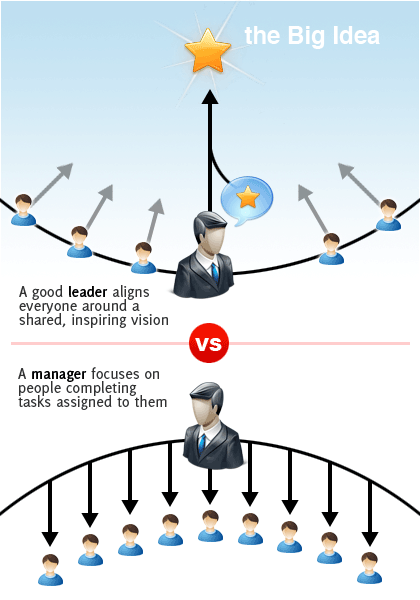[Image via poetpainter.]
Poetpainter has a great post entitled: Why I Am Not A Manager. That’s where I found the above image.
This image really speaks to me. I think it illustrates the greatest problem in architecture practice. The hierarchy of offices are set up mostly as managers and “managees”. There really is no place for collaboration or any challenging of the status quo. Sure offices say they value the opinions of the interns and non-managers, but the whole hierarchy leads itself so that their ideas have to be greatly filtered before they reach anyone who can make any decisions. Now this is partly good, many interns don’t know their proverbial ass from their elbow when they first join an office, but I fear that a lot of stale architecture is made because the firms designing the buildings are top-down. The principals work with a lead designer who has a vision and then everyone else works to craft that vision. Studio Managers take direction from the designer, and in turn direct project architects, who craft red lines and cartoon sets so that the interns can generate drawings. All those layers are like the children’s game of telephone, in every step the designer’s ideas get diluted by management, and in the end even if the design was steller the final product is usually mediocre at best.
Now to envision a more leadership driven office would take a whole different outlook on architectural practice. Designers would be embedded in studio groups and taking the role of the leader. They may generate the basic program and idea, but a system of valued employees should be able to flush that idea out without having so much dictatorial direction. Granted there will be employees who know less than others about the mechanics of architecture, and they would be helped by their teammates and leader to reach the goal. Trial and error, especially with a safety net, leads to better productivity than examples of the correct solution without any knowledge of the wrong ones. This type of structure could still allow for an upper ring of leaders/principals, but it would mean a more cohesive project team instead of the fractionalized teams so often seen in today’s offices.
